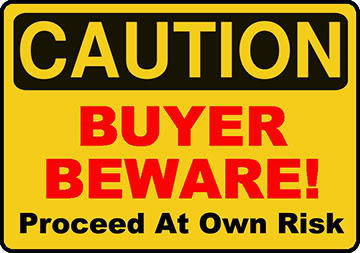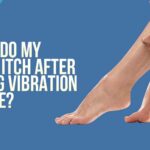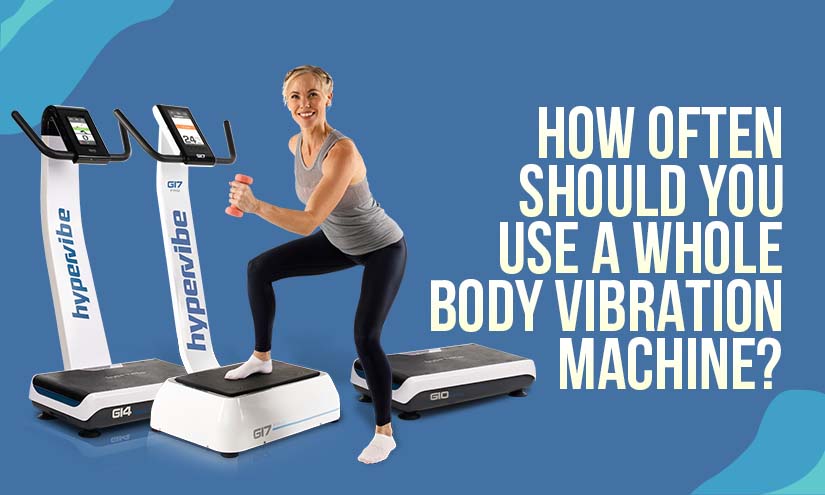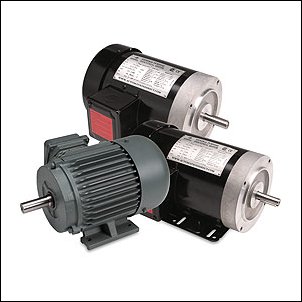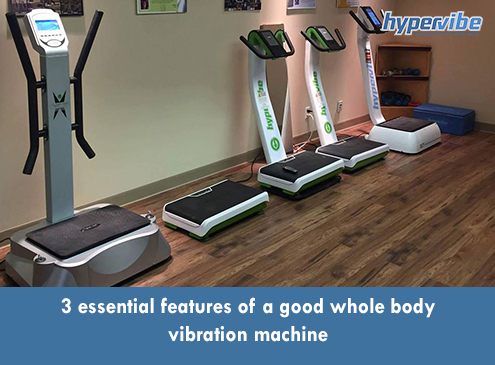Are You Getting The Vibration Machine You Paid For?
Written by:
Dewald, Published on: December 17, 2019
This article goes hand-in-hand with How To Choose A Vibration Machine
What you are going to learn is that even when you know what specifications you want in a vibration machine, it is entirely possible you still won’t choose the ideal machine.
Let’s start with some simple examples to illustrate why…
If you were to go down to your local grocery store to buy a dozen eggs, you’d easily recognize if there were only 7 in the carton.
How about recognizing the size of a sandwich? An outcry from Subway customers began when one customer went to Subway’s Facebook page and posted a photo of a Footlong (12-inch) sandwich next to a tape measure to show that it actually measured 11-inches. Other customers soon did the same and also found shorter than expected sandwiches.
The sandwich cost $5 so at worse the customer missed out on $0.40 worth of sandwich. What though if you paid hundreds or even thousands of dollars for a vibration machine advertised to vibrate at a Frequency of 30 times per second (30 Hertz or 30Hz) – Would you be able to tell if it really only vibrated at 18 times a second?
For most people the answer is “No”, and is perhaps the reason a considerable number of machines sold today are not advertised with correct specifications. Is it any wonder some people say “Whole Body Vibration didn’t work” when their machine could have been giving them only half the stimulation they expected and needed?
Consumers Are Finding Out
In 2009, Australian Women’s Health & Fitness Magazine wrote a consumer article on Whole Body Vibration and stated:
“Be wary of machines that don’t accurately display the Frequency measured in Hertz on their control panel. If you have already bought such a machine, it’s a good idea to get it professionally tested.”
Scientists Are Finding Out
In 2010, after years of Whole Body Vibration research, scientists from the International Society of Musculoskeletal and Neuronal Interactions published these recommendations for other scientists considering Whole Body Vibration research:
“It is also possible that the [real] frequency and amplitude generated by a device differ from the preset values, or from the values provided by the manufacturer, in particular when the participant is moving on the vibration plate and/or is using additional weights.
It is therefore recommended to measure the actually generated vibration parameters (frequency, amplitude, acceleration) in a pilot test which is appropriate for the target group and WBV protocol of the planned intervention study.”
In other words “you better test the machine before using it in your experiment – the advertised specifications could be way off”
Unfortunately up until recently, very few researchers actually followed this advice. Some examples where the researchers did test the machine they were using:
★ In a 2011 study by Osawa et al. they set a Power Plate Next Generation machine to 35Hz and 2mm as per the manufacturer specifications, instead of measuring 6.2g’s, they only measured the equivalent of 2.9-4.2g’s, depending on the load, clear evidence that the machine was not performing as per the manufacturers specifications.
★ In 2009 after scientists from Australian Catholic University tested an Amazing Super Health Vibro Trainer they decided to publish a warning to other researchers encouraging them to validate the Frequency of their vibration machine prior to prescribing Whole Body Vibration:
“The manufacturer notational speed of the vibration platforms did not reach the observed frequencies (Hz). At a notational speed of 15, for example, the frequency of Vibro-Trainer 1 was 7.04 Hz. At 25, the frequency of Vibro-Trainer 2 was 12.42 Hz. The difference between manufacturer notational speed and observed frequency was significant”
In other words “the Vibro Trainers we tested produced less than half what they promised”
Think of it this way – imagine ordering and paying for a 12-inch Subway sandwich but unwrapping it to find they only gave you a 6-inch sandwich.
What might appear to be a great vibration machine based on the advertised specifications, in reality could turn out to be a low-powered massager incapable of meeting your requirements.
How To Get What You Pay For
Here is a simple way to avoid buying a machine advertised incorrectly.
Click this link to download a form to use when buying a machine. The specification fields were deliberately left blank for you to fill in. Now ask the supplier if they would be prepared to sign the declaration on the form.
As all machines will have some degree of error it is up to you to decide what you think is an acceptable amount of accuracy. Though this declaration is a good defense against incorrect manufacturer specifications it is also a good idea to look for any supporting evidence of manufacturer specifications elsewhere too.
If you have trouble finding specifications for a particular machine you can use this guide as a reference. It outlines much of the known data on manufacturer specifications from various sources.
